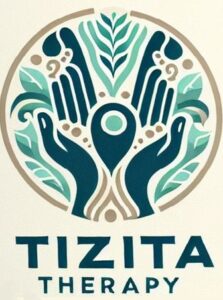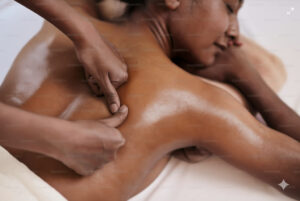Living with persistent pain can be exhausting and frustrating. If you’ve been struggling with myofascial (muscular and connective tissue) pain, you’re not alone. This common condition affects countless individuals, causing discomfort in muscles and surrounding tissues. While traditional treatments exist, many people are turning to an ancient practice that’s gaining modern popularity: cupping therapy. Let’s explore how this intriguing technique can offer relief from myofascial pain.
Understanding Myofascial Pain
Myofascial pain is characterized by aches, tenderness, and stiffness in muscles and the connective tissue surrounding them. It can result from injuries, repetitive motions, poor posture, or stress. For many, this pain interferes with daily activities and quality of life.
Conventional treatments often include pain medications, physical therapy, and massage. While these can be helpful, they don’t always provide long-lasting relief. This is where cupping therapy comes into play.
What is Cupping Therapy?
Cupping is an ancient healing practice that has been used for thousands of years in various cultures. It involves placing special cups on the skin to create suction. This suction lifts the skin and underlying tissues, promoting blood flow and relieving muscle tension.
There are different types of cupping, including dry cupping (which uses suction alone) and wet cupping (which involves small incisions in the skin). The most common form for treating myofascial pain is dry cupping.
How Cupping Helps with Myofascial Pain
Cupping therapy works by:
1. Increasing blood circulation to affected areas
2. Releasing muscle knots and tension
3. Reducing inflammation
4. Promoting the body’s natural healing processes
These effects can lead to significant pain relief for many people suffering from myofascial pain. While more research is needed, several studies have shown promising results in cupping’s effectiveness for various types of muscle pain.
What to Expect During a Cupping Session
If you’re considering trying cupping therapy, here’s what you can expect:
1. Your therapist will assess your condition and determine the best areas for treatment.
2. Special cups (usually made of glass, silicone, or plastic) are placed on your skin.
3. Suction is created either by heating the cup or using a pump.
4. The cups are left in place for several minutes.
5. You may feel a tight sensation, but it shouldn’t be painful.
6. After removal, you’ll likely have circular marks where the cups were placed. These are normal and typically fade within a few days.
Sessions usually last 15-30 minutes. The frequency of treatments depends on your specific condition and response to therapy.
Combining Cupping with Other Therapies
Many practitioners recommend combining cupping with other treatments for optimal results. This might include stretching exercises, acupuncture, or lifestyle modifications. A holistic approach can address not just the symptoms of myofascial pain, but also its underlying causes.
Is Cupping Right for You?
Cupping therapy can be beneficial for many people with different pain types and conditions. Here are some of the common ones:
- Back Pain: Cupping is often used to relieve chronic lower back pain.
- Neck and Shoulder Pain: It can help alleviate tension and pain in the neck and shoulders.
- Headaches and Migraines: Cupping may reduce the frequency and intensity of headaches and migraines.
- Knee Pain: It is used to manage pain and inflammation in the knees.
- Arthritis: Including rheumatoid arthritis, cupping can help reduce joint pain and stiffness.
- Muscle Tension and Soreness: It is effective in relieving muscle tension and soreness, making it popular among athletes.
- Arms and Hands Pain and Weakness: Cupping can help alleviate the symptoms of carpal tunnel syndrome, a medical term used for pain and weakness of the arms and hands.
Indeed, sometimes, the above listed and similar myofascial pain types require a holistic treatment approach that involve other treatment types, such as trigger point therapy, reflexology, and lifestyle changes. Tizita Therapy Center provides such other manual therapies that effectively complement cupping therapy, and bring lasting pain relief.
Conclusion
Cupping therapy offers a unique approach to managing myofascial pain. By improving circulation, releasing tension, and promoting healing, it can provide relief where other treatments have fallen short. If you’re tired of living with persistent muscle pain, cupping might be worth exploring as part of your pain management strategy.
Remember, everyone’s experience with pain and treatment is different. What works for one person may not work for another. But for many, cupping therapy has opened the door to a life with less pain and more freedom of movement.



